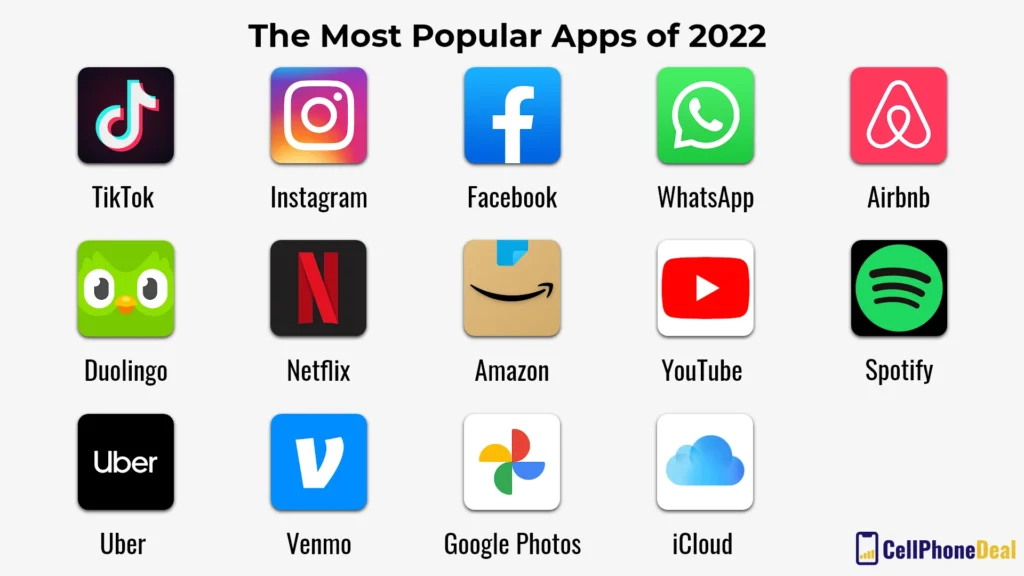As you delve into this article, you’ll discover a curated list of the best language learning apps that stand out in 2024. We will explore their key features, user experiences, and how they can help you effectively learn a new language. Whether you’re a beginner or looking to refine your skills, these apps provide comprehensive resources that make learning engaging and efficient. You’ll also learn about innovative technologies like AI-driven personalized learning paths and gamification elements that keep you motivated.
Stay tuned as we guide you through the top contenders in the language learning app market. By the end of this article, you’ll be equipped with the knowledge to choose the best app that aligns with your goals and learning style. Don’t miss out on the opportunity to transform your language learning experience in 2024—read on to find the perfect app that will help you master a new language with confidence!
In 2024, language learning apps have become essential tools for anyone looking to master a new language. With advancements in technology and a growing emphasis on personalized learning experiences, these apps offer a variety of features that cater to different learning styles. This article explores the best language learning apps available this year, focusing on their unique offerings and how they can help you achieve fluency.
User-Friendly Interfaces
One of the most important aspects of a language learning app is its user interface. A user-friendly design can significantly enhance the learning experience by making navigation intuitive and engaging. In 2024, many top apps have prioritized simplicity and ease of use, allowing learners to focus on their studies without being distracted by complicated menus or features.
Apps like Duolingo and Babbel have streamlined their interfaces, making it easier for users to track their progress and access lessons. This focus on usability not only helps beginners feel more comfortable but also encourages consistent practice, which is crucial for language acquisition.
Gamification Elements
Gamification has become a popular trend in language learning apps, as it motivates users to engage with the material more frequently. By incorporating game-like elements such as points, levels, and rewards, apps can create a fun and competitive environment that encourages daily practice.
For instance, apps like Memrise and Drops utilize gamification to keep learners motivated. Users can earn badges for completing lessons, compete with friends, and even participate in challenges. This approach not only makes learning enjoyable but also helps reinforce vocabulary and grammar through repetition.
Personalized Learning Paths
In 2024, personalized learning paths are becoming increasingly important in language learning apps. These tailored experiences allow users to focus on their specific goals, whether it’s conversational fluency, business language, or travel-related vocabulary.
Apps like Rosetta Stone and Busuu offer personalized assessments that adapt to the learner’s proficiency level. By analyzing user performance, these apps can suggest lessons and activities that target areas needing improvement, ensuring a more efficient learning process.
Integration of AI Technology
The integration of artificial intelligence (AI) in language learning apps has revolutionized the way users interact with the content. AI-driven features can provide instant feedback on pronunciation, grammar, and vocabulary usage, making the learning experience more interactive and effective.
For example, apps like HelloTalk and Tandem use AI to connect learners with native speakers for real-time conversation practice. This not only enhances speaking skills but also allows users to immerse themselves in the language and culture, which is essential for mastering a new language.
Community and Social Features
Building a community around language learning can significantly enhance motivation and accountability. In 2024, many apps have incorporated social features that allow users to connect with fellow learners, share experiences, and practice together.
Platforms like Tandem and HelloTalk enable users to find language partners, participate in group chats, and even join language exchange events. This sense of community fosters a supportive environment where learners can practice their skills and gain confidence in their abilities.
Comprehensive Learning Resources
To master a new language, learners need access to a variety of resources, including vocabulary lists, grammar explanations, and cultural insights. The best language learning apps in 2024 offer comprehensive resources that cater to different aspects of language acquisition.
Apps like Pimsleur and Lingodeer provide extensive audio lessons, interactive exercises, and cultural notes that enrich the learning experience. By offering a well-rounded approach, these apps help users develop a deeper understanding of the language and its context.
Offline Accessibility
In today’s fast-paced world, the ability to learn on the go is crucial. Many language learning apps now offer offline accessibility, allowing users to download lessons and practice without an internet connection. This feature is particularly beneficial for travelers or those with limited access to Wi-Fi.
Apps like Babbel and Duolingo allow users to download specific lessons for offline use, ensuring that learning can continue anytime, anywhere. This flexibility makes it easier for learners to fit language practice into their busy schedules.
Cost-Effective Options
While some language learning apps require a subscription, many offer free or low-cost options that provide
| App Name | Description | Key Features | Platforms | Pricing |
|---|---|---|---|---|
| Duolingo | A popular app that gamifies language learning with bite-sized lessons. | Interactive exercises, progress tracking, and a community feature. | iOS, Android, Web | Free with ads; Premium version available. |
| Babbel | Focuses on conversation skills and real-life dialogues. | Speech recognition, personalized review sessions, and cultural tips. | iOS, Android, Web | Subscription-based; various plans available. |
| Rosetta Stone | Immersive language learning through context and visual cues. | Live tutoring, speech recognition, and mobile access. | iOS, Android, Web | Subscription-based; one-time purchase options available. |
| Busuu | Offers a community of native speakers for practice and feedback. | Grammar tips, vocabulary exercises, and personalized study plans. | iOS, Android, Web | Free with limited features; Premium subscription available. |
| Memrise | Utilizes spaced repetition and mnemonic techniques for vocabulary retention. | Video clips of native speakers, quizzes, and community-created courses. | iOS, Android, Web | Free with ads; Premium version available. |
| Tandem | A language exchange app connecting learners with native speakers. | Text, voice, and video chat options for real-time practice. | iOS, Android | Free with in-app purchases; Premium features available. |
This HTML document provides a structured overview of the best language learning apps for 2024, including their descriptions, key features, platforms, and pricing.



